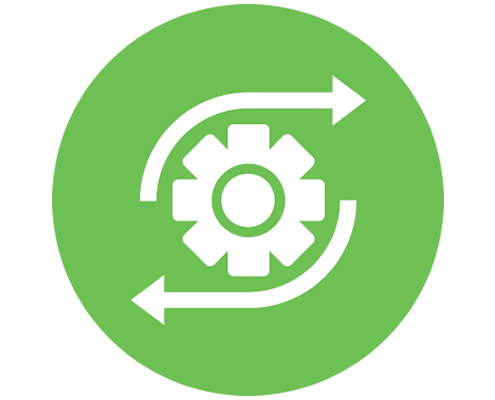
Breakthrough RESEARCH Legacy Area: Advancing Social and Behavior Change Measurement
Breakthrough RESEARCH French, English Video/Animation, Report, Peer-reviewed, Fact Sheet/Brief Monitoring and Evaluation, Audience Segmentation Breakthrough RESEARCHSocial and behavior change professionals can use these resources to measure and assess the effectiveness of their activities.

Breakthrough RESEARCH Legacy Area: Integrated Social and Behavior Change and the Enabling Environment
Breakthrough RESEARCH French, English Niger, Nigeria Nutrition, Malaria, Sexual and Reproductive Health, Cost Effectiveness Webinar, Report, Presentation Slides, Peer-reviewed, Fact Sheet/Brief Integration Breakthrough RESEARCHThis portfolio of evidence supports the intersection of social and behavior change (SBC) and the enabling environment for integrated SBC.

Breakthrough RESEARCH Legacy Area: Provider Behavior Change
Breakthrough RESEARCH French, English Provider Behavior Change Case Study, Webinar, Tool, Presentation Slides, Peer-reviewed, Online Course, Literature Review, Fact Sheet/Brief Breakthrough RESEARCHThese resources help social and behavior change professionals better understand the drivers of health care provider behaviors.
 Pitshou Budiongo
Pitshou BudiongoBehavioral Barriers and Solutions for Child Feeding During and After Illness
Breakthrough ACTION French, English Democratic Republic of the Congo Provider Behavior Change, Nutrition, Maternal and Child Health Webinar, Fact Sheet/Brief Behavioral Science Breakthrough ACTIONThese brief summarizes results from research on behavioral barriers to child feeding after illness and suggests potential solutions.

Using Digital Technologies in Youth-Focused SBC Programs for FP/RH
Breakthrough ACTION English, French Youth, Sexual and Reproductive Health Video/Animation, Fact Sheet/Brief Digital Breakthrough ACTIONThis brief and accompanying videos describe five recommendations family planning programs can adopt when using digital technologies to reach youths.

Reproductive Health Innovation Exchange
Breakthrough ACTION English, French Youth, Provider Behavior Change, Maternal and Child Health, HIV, Sexual and Reproductive Health Video/Animation, Fact Sheet/Brief Behavioral Science Breakthrough ACTIONThis page features factsheets and videos about 16 innovative applications of social and behavior change approaches for family planning and reproductive health.

Intentionally Incorporating the Social Determinants of Health into Social and Behavior Change Programming for Family Planning
Breakthrough ACTION French, English Sexual and Reproductive Health Fact Sheet/Brief Social and Structural Breakthrough ACTIONThis brief provides guidance for strategic decision making in support of social and behavior change initiatives to reduce inequities in family planning.

A Socio-Ecological Model of Communication for Social and Behavioral Change
Breakthrough ACTION English Fact Sheet/Brief Social and Behavior Change Communication Breakthrough ACTIONThe socio-ecological model of communication reflects a systems approach. This brief describes the benefits of this model for social and behavior change.
 Jonathan Torgovnik/Getty Images/Imagesof Empowerment
Jonathan Torgovnik/Getty Images/Imagesof EmpowermentIntegrating Gender into the COVID-19 Vaccine Response: A Technical Brief
Breakthrough ACTION Spanish, French, English Gender, COVID-19 Fact Sheet/Brief Community Engagement Breakthrough ACTIONThis brief provides recommendations on integrating gender perspective into COVID-19 risk community and community engagement response.

